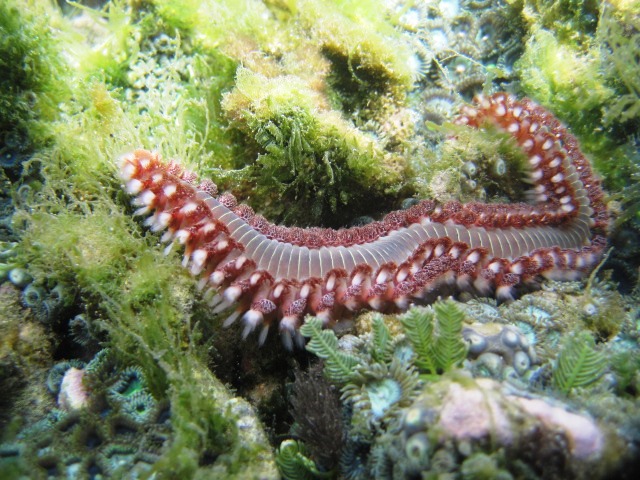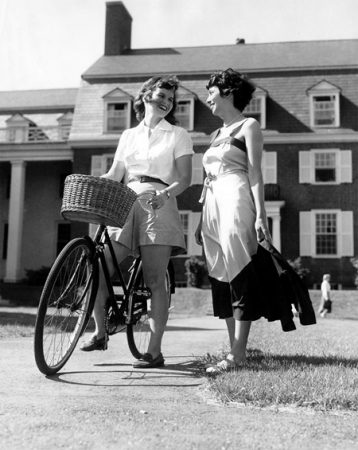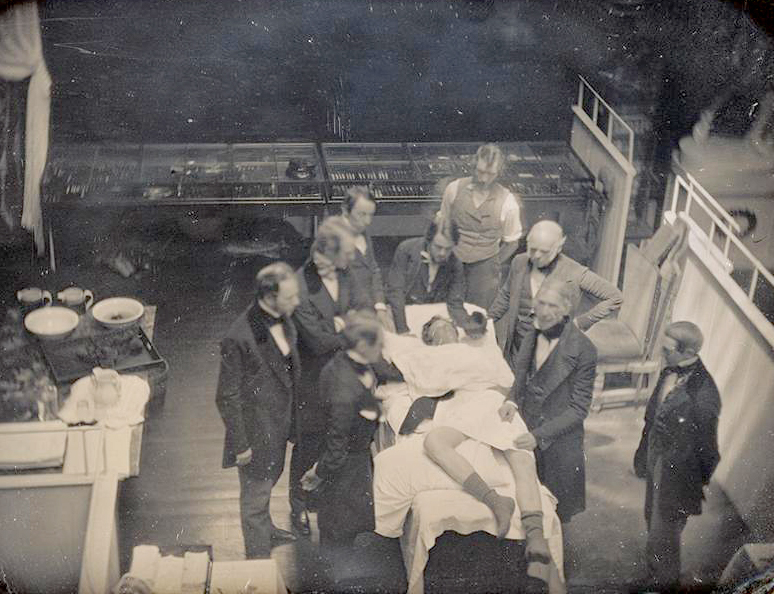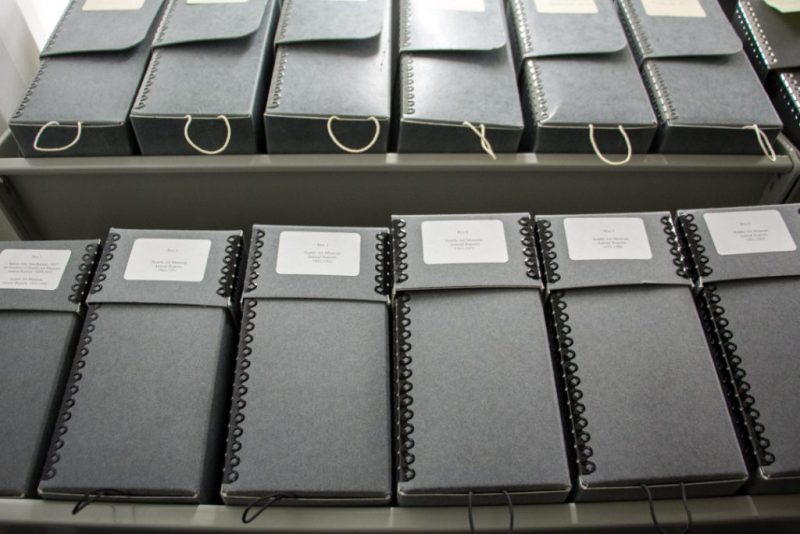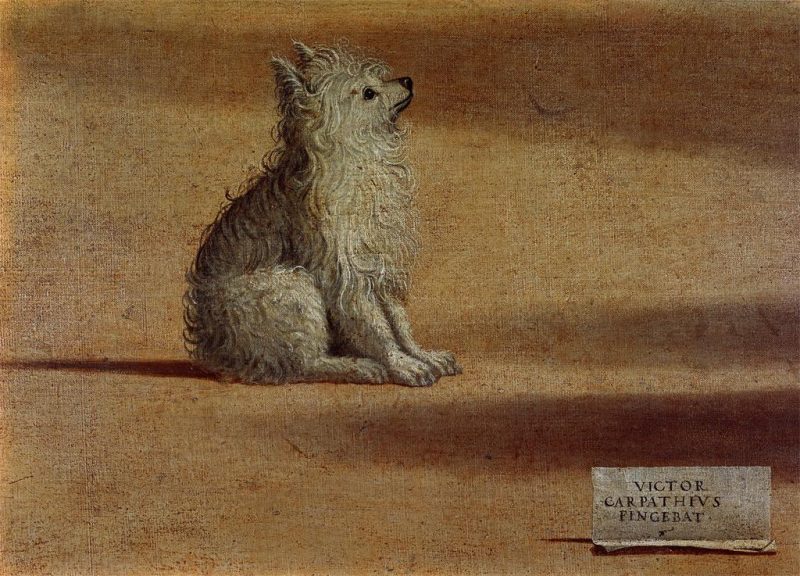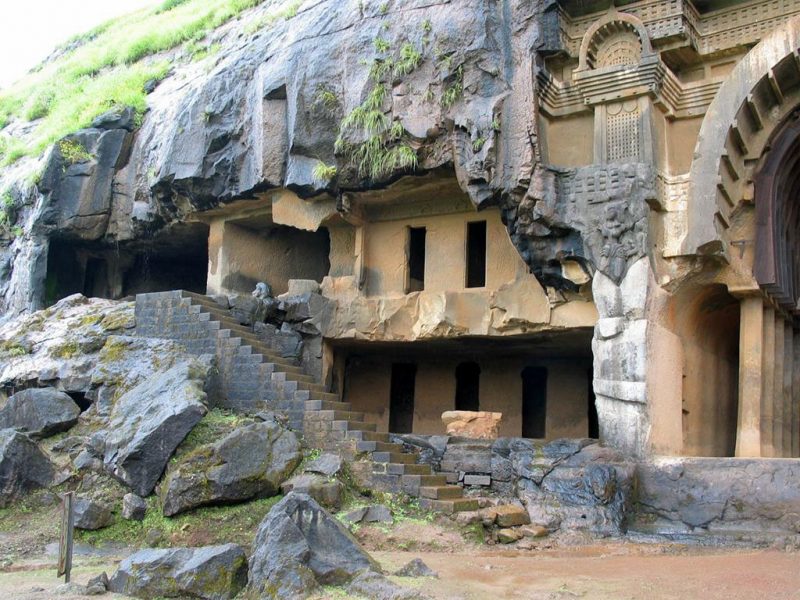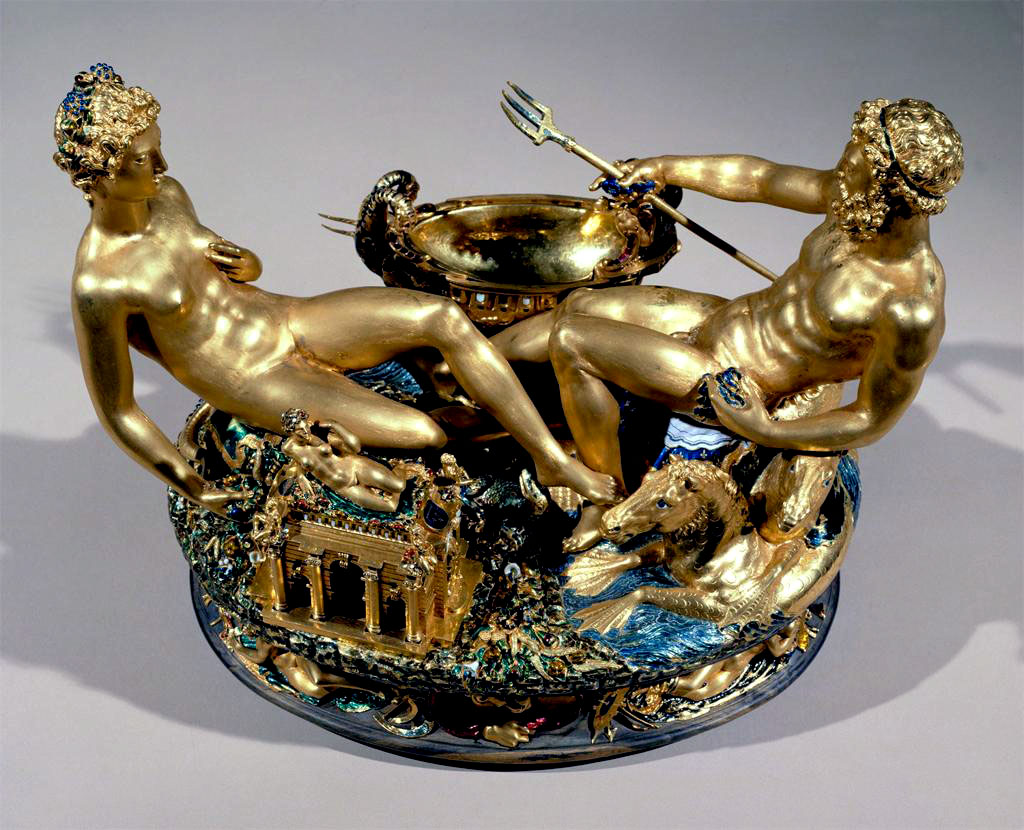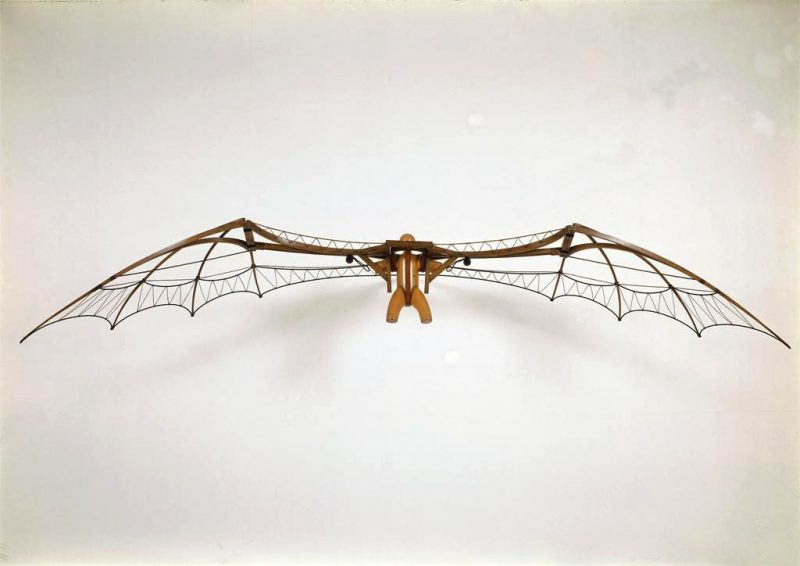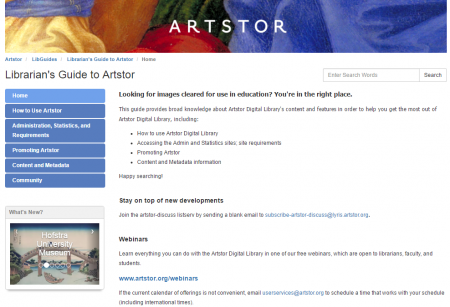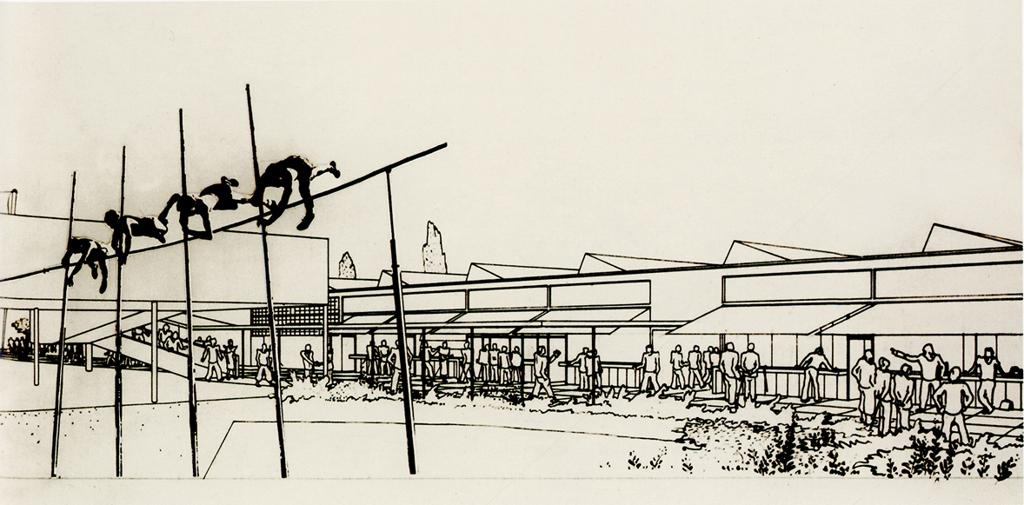
Charlotte Perriand, La Maison du jeune homme, Brussels, Belgium, 1935, © 2014 Artists Rights Society (ARS), New York / ADAGP, Paris, Data source: Graduate School of Architecture, Planning, and Preservation, Columbia University and Avery Architectural and Fine Arts Library, Columbia University
An interview with the graduate student curators of Avery/GSAPP Architectural Plans and Sections
To celebrate the completion of our two-year collaborative project with Avery Library and GSAPP on releasing a collection of 20,000 architectural plans, sections, and related materials in Artstor, Lisa Gavell, Artstor’s Senior Manager of Metadata & Content, spoke with five of the graduate student co-curators who contributed to the project: Sabrina Barker, Serena Li, Ernest Pang, involved from the beginning of the project, as well as Sharon Leung and Ayesha S. Ghosh. Working with Avery staff, they pored over a vast array of Avery’s holdings in order to compile a selection that reflects the most important modernist architectural works of the 20th and 21st centuries. The result is a resource of essential documentation of modern architecture, shared online for the first time.
